Buy the photo Berlin - Potsdamer Platz by t.ART on canvas, ArtFrame, poster and wallpaper, printed on demand in high quality.
About "Berlin - Potsdamer Platz"
by t.ART
About the artwork
Potsdamer Platz was redeveloped after reunification. The ensemble of skyscrapers and futuristic new buildings forms a district all its own.
Potsdamer Platz was planned by architects as an entire city district. With success - the cafés, cinemas and shopping facilities between the futuristic high-rises are used by Berliners and tourists alike. The city planners' calculation has worked out: Berliners have responded very well to the cafés, cinemas and the large shopping arcade of the new Daimler City. On 6.8 hectares, a whole new urban district has been created between Potsdamer Platz and Reichpietschufer.
From Potsdamer Platz, one enters the district as if through a city gate: Two high-rise buildings by Piano/Kohlbecker (left) and Hans Kollhoff (right) enclose the Alte Potsdamer Strasse, which resumes its pre-war course here. To the right follow the building blocks by Lauber & Wöhr and José Rafael Moneo (Hotel Hyatt), to the left the Weinhaus Huth, the only preserved old building, and the shopping arcade lined by buildings by Piano/Kohlbecker and Richard Rogers (facing Linkstraße).
"District center" is Marlene-Dietrich-Platz, which is dominated by the double building of the casino and the musical theater with its large roof (Piano/Kohlbecker). Piano and Kohlbecker also designed the Debis headquarters on the Landwehrkanal. In the center of the 163-meter-long building block stretches the glass-roofed atrium, whose perimeter development rises in three stages by one floor each, gradually leading up to the high-rise that forms the head building. This 85-meter-high glass "office tower" has a second facade on the south and west sides to save energy.

About t.ART
Hello - I am a photographer from Germany.
Here I show travel and nature photographs: photos from Germany, Europe and distant countries - flowers, animals, landscapes and much more...
Have fun browsing my albums!..
Read more…
 Germany
Germany Ordered in March 2021
Ordered in March 2021
 Netherlands
Netherlands Ordered in August 2024
Ordered in August 2024
 Netherlands
Netherlands Ordered in May 2021
Ordered in May 2021
 Netherlands
Netherlands Ordered in June 2019
Ordered in June 2019
 Germany
Germany Ordered in May 2019
Ordered in May 2019
 Germany
Germany Ordered in December 2019
Ordered in December 2019
 Germany
Germany Ordered in February 2024
Ordered in February 2024
 Germany
Germany Ordered in January 2022
Ordered in January 2022
 Germany
Germany Ordered in May 2019
Ordered in May 2019
 Germany
Germany Ordered in March 2024
Ordered in March 2024
 Germany
Germany Ordered in August 2023
Ordered in August 2023
 Netherlands
Netherlands Ordered in September 2021
Ordered in September 2021
About the material
ArtFrame™
Interchangeable Art Prints
- High-quality print
- Easily interchangeable
- Acoustic function
- Large sizes available
Discover the artworks of t.ART
 Tuk-Tuk in Bangkok (Thailand)t.ART
Tuk-Tuk in Bangkok (Thailand)t.ART The Radau Waterfall near Bad Harzburg (Lower Saxony)t.ART
The Radau Waterfall near Bad Harzburg (Lower Saxony)t.ART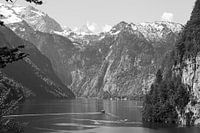 Boat trip on the Königssee in Berchtesgadener Land (black and white)t.ART
Boat trip on the Königssee in Berchtesgadener Land (black and white)t.ART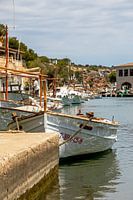 Mallorca - fishing boats in Cala Figuerat.ART
Mallorca - fishing boats in Cala Figuerat.ART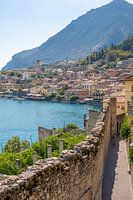 Limone sul Garda - Lake Gardat.ART
Limone sul Garda - Lake Gardat.ART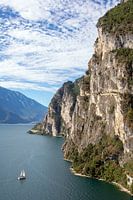 Lake Garda - Lago di Gardat.ART
Lake Garda - Lago di Gardat.ART Autumn landscape with view of the Brocken in the Harz mountainst.ART
Autumn landscape with view of the Brocken in the Harz mountainst.ART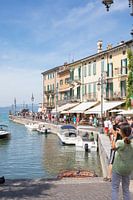 Port of Lazise (Lake Garda)t.ART
Port of Lazise (Lake Garda)t.ART Gondolas in the morning mist of Venicet.ART
Gondolas in the morning mist of Venicet.ART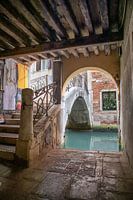 Venice - Ponte de la Colonnet.ART
Venice - Ponte de la Colonnet.ART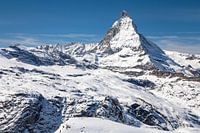 Alpine panorama with Matterhornt.ART
Alpine panorama with Matterhornt.ART Young Galloway bullt.ART
Young Galloway bullt.ART Scottish Highland Cattle (Watercolour Style)t.ART
Scottish Highland Cattle (Watercolour Style)t.ART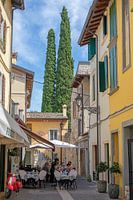 Small town on Lake Gardat.ART
Small town on Lake Gardat.ART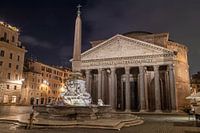 Rome - the Pantheon by nightt.ART
Rome - the Pantheon by nightt.ART Magdeburg World of Lights - Nativity play in front of Magdeburg Cathedralt.ART
Magdeburg World of Lights - Nativity play in front of Magdeburg Cathedralt.ART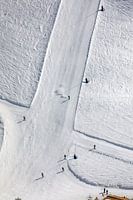 Zermatt - A bird's eye view of the ski pistet.ART
Zermatt - A bird's eye view of the ski pistet.ART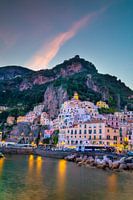 Amalfi in the eveningt.ART
Amalfi in the eveningt.ART Lonely guest at the beach bart.ART
Lonely guest at the beach bart.ART Chilli peppers at a market in Mallorcat.ART
Chilli peppers at a market in Mallorcat.ART
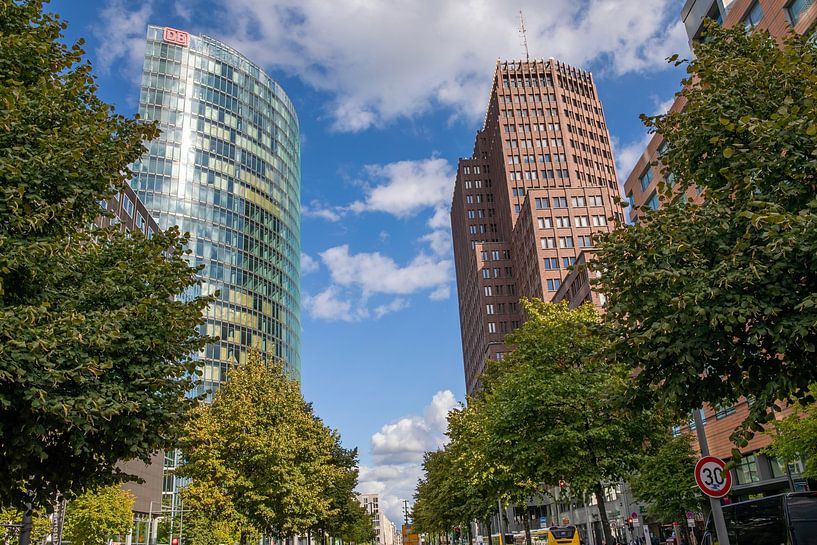












 Architecture
Architecture Architecture photography
Architecture photography Berlin
Berlin Central Business District
Central Business District Photo wallpaper
Photo wallpaper Photography
Photography Serene Peace
Serene Peace Skyscrapers
Skyscrapers Street photography
Street photography Vibrant Colors
Vibrant Colors









